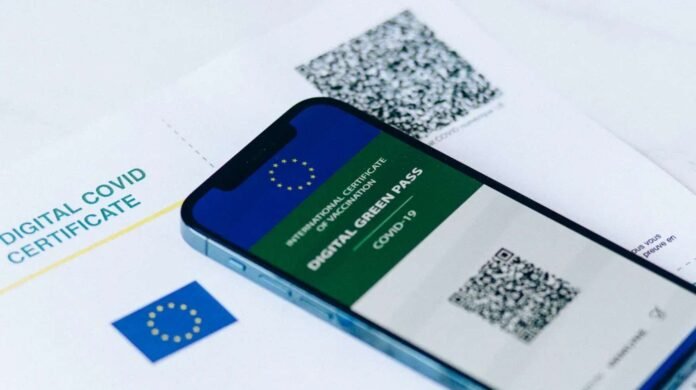Key Benefits
Many companies pick iso 29158 for grading dot peen QR codes. This standard works well on metal, plastic, and curved parts. Iso 29158 uses smart ways to check if codes are good. It looks at how codes work in real life, not just in labs. This helps factories and workshops a lot.
Iso 29158 checks many things in a QR code. The table below lists what iso 29158 checks and why it matters:
| Quality Parameter | Description |
|---|---|
| Cell Contrast (CC) | Checks how much brighter the lightest part is than the darkest part. |
| Cell Modulation (CM) | Looks at how much the brightness changes in the code. |
| Distributed Damage (DD) | Sees if there are problems in different parts of the code. |
| Minimum Reflectance (MR) | Makes sure the dark parts are dark enough. |
| Axial Non-Uniformity (ANU) | Checks if the symbol is stretched or squished. |
| Grid Non-uniformity (GNU) | Finds out if the code’s grid is not lined up right. |
| Decode (DEC) | Makes sure the code can be read by a scanner. |
Factories like iso 29158 because it gives grades from 0 to 4. A higher grade means the code is easier to scan and follow. Iso 29158 works with many lights and surfaces. This helps companies keep codes good, even if parts are rough or look different.
Note: Iso 29158 helps companies follow tough rules in car and airplane industries. It helps with tracking and keeping products safe.
Iso 29158 also helps teams spot problems early. Workers can fix code issues before products leave the factory. This saves time and money for everyone. Iso 29158 lets workers check codes fast, so work does not slow down.
